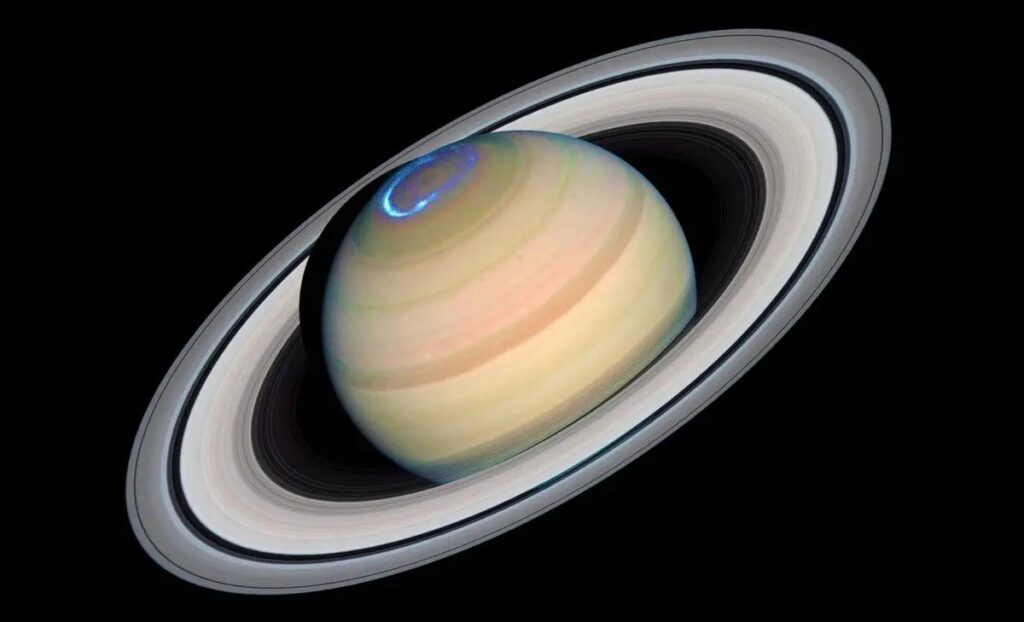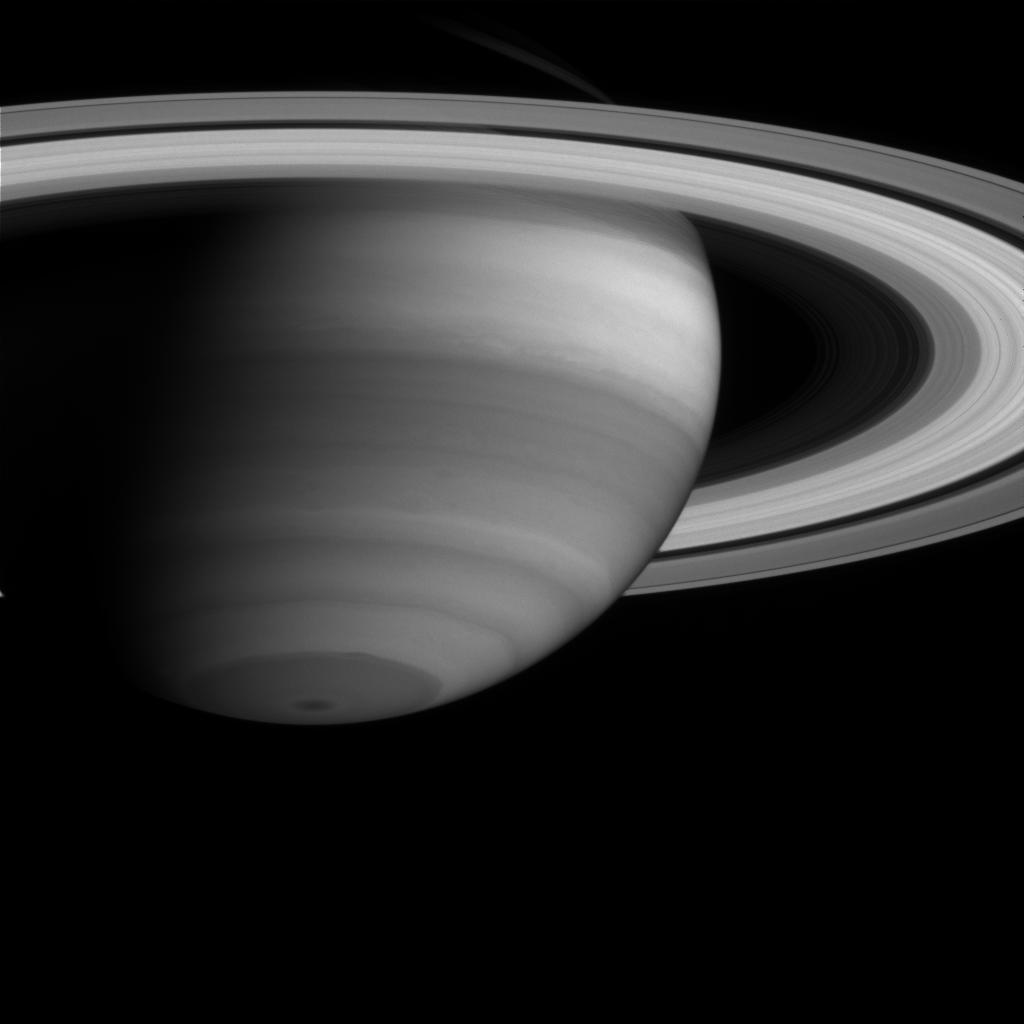Vanishing Rings of Saturn: A Cosmic Mystery
A significant cosmic event in March 2025 will temporarily alter our view of Saturn.
Saturn’s rings are among the most iconic celestial features in our solar system. Since the 17th century, when Galileo Galilei first observed the planet through his telescope, Saturn’s rings have captured the imagination of astronomers and stargazers alike. Although Galileo’s telescope was rudimentary, leading him to describe Saturn as having “ears,” his observations marked the beginning of our journey to understanding this gas giant and its majestic rings.
The work of early scientists like Galileo laid the foundation for modern astronomical research. Today, with advanced technology, astronomers like Dr. Lucy Jones from the Harvard-Smithsonian Center for Astrophysics (CfA) can explore the mysteries of Saturn’s rings in greater detail. Cutting-edge research has revealed the composition of these rings—mostly ice particles, rocky debris, and cosmic dust—and the dynamic processes that shape them.

However, a significant cosmic event in March 2025 will temporarily alter our view of Saturn. Due to the tilt of Saturn’s axis, the rings will appear edge-on from Earth, making them nearly invisible. This phenomenon occurs every 29.5 years as Saturn completes its orbit around the Sun. While this is a rare event, it serves as a reminder of the ever-changing nature of our universe. Fortunately, the rings will reappear later in 2025, resuming their familiar, breathtaking display.
Saturn’s rings are not a single solid structure but consist of several distinct sections, including the A, B, and C rings. These sections are separated by gaps, such as the Cassini Division, a 4,800-kilometer-wide gap between the A and B rings. The shapes and formations of the rings are influenced by Saturn’s numerous moons, some of which are known as “shepherd moons.” These moons help maintain the rings’ structure by exerting gravitational forces on the ring particles.

The origins of Saturn’s rings remain a topic of debate among astronomers. Some theories suggest the rings are remnants of a destroyed moon or comet, while others propose they are leftover material from Saturn’s formation over 4 billion years ago. Ongoing research continues to shed light on these fascinating structures.
The Cassini-Huygens mission, a collaboration between NASA, the European Space Agency (ESA), and the Italian Space Agency (ASI), significantly advanced our understanding of Saturn and its rings. The spacecraft arrived at Saturn in 2004 and conducted a 13-year exploration, concluding in 2017. The mission revealed intricate details about the rings, including the discovery of gaps and the gravitational interactions between the rings and Saturn’s moons. It also provided valuable insights into Saturn’s many moons, particularly Enceladus, which shows signs of potential habitability.
Beyond the rings, Saturn boasts at least 145 moons, each with unique characteristics. Titan, the second-largest moon in the Solar System, stands out with its thick atmosphere and surface features. Titan’s magnetic field, stronger than Earth’s, interacts with Saturn’s magnetic environment, creating spectacular auroras at its poles. The upcoming Dragonfly mission aims to search for life on Titan, while Enceladus, another of Saturn’s moons, shows promise for habitability based on the presence of organic compounds and energy sources.
As Saturn’s rings prepare to vanish from view in March 2025, stargazers have a unique opportunity to witness this rare cosmic event. Although the rings will temporarily disappear, Saturn remains a captivating target for observation, offering a glimpse into the complex and beautiful structure of our solar system.
Follow us on Instagram, YouTube, Facebook, Whats App, and TikTok for latest updates.



















